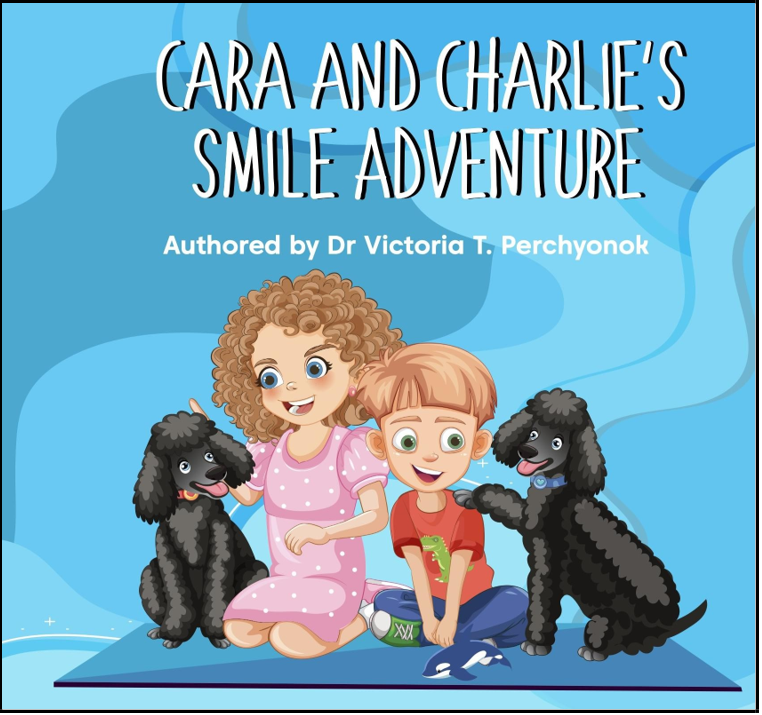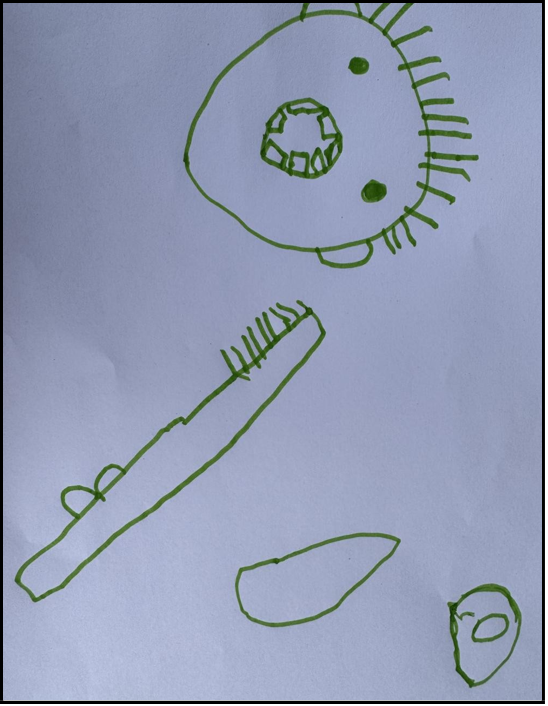Victoria Tamara Perchyonok1*, Rachael Starr2
1BOH (Adult Scope), PhD, GradCert Dementia Care
2AdvDipDP (Dental Prosthetist), DipVET, Cert IV TAE
*Corresponding Author: Victoria Tamara Perchyonok, BOH (Adult Scope), PhD, Grad Cert Dementia Care
Abstract
Oral health is an integral aspect of overall wellbeing and development in early childhood. Despite this, many children begin school with preventable oral health issues that impact their learning and quality of life. Early Learning Centres (ELCs) provide a unique, trusted environment to foster positive oral health habits. This pilot study and health promotion review explore the outcomes of a collaborative oral health initiative delivered to 160 children aged 3–5 years. It highlights the role of interactive education, inclusivity, and educator engagement in building foundational oral hygiene behaviours. The article further contextualises these findings within the broader public health literature and underscores the value of making oral health a core component of early childhood education.
Introduction
Oral health significantly influences a child's ability to eat, speak, learn, and socialise. Poor oral hygiene can result in pain, infection, and missed educational opportunities. According to the Australian Institute of Health and Welfare (2023) [1], nearly half of all children aged 5–10 have experienced dental decay in their baby teeth, much of which is preventable through early education and behavioural intervention. Oral health promotion within ELCs can help bridge gaps in care, particularly for children who may not attend a dentist regularly.
This article details an oral health program delivered to 160 preschool children in a Melbourne-based ELC over two days. It also reviews relevant literature, highlighting how developmentally appropriate, inclusive oral health education can promote health literacy and preventative behaviours from a young age.
Program Overview
The oral health promotion program was structured into three phases:
1. Storytime: Reading Cara and Charlie’s Smile Adventure, a children's book designed to make dental visits feel safe, fun, and positive. (Figure 1)
2. Hands-On Brushing Session: Group-based toothbrushing demonstrations in small groups of four, with children practicing correct brushing techniques under guidance.
3. Drawing and Reflection Exercise: Each child was asked to complete drawings in response to the following questions: (Figure 2)
1. Draw something associated with visiting the dentist.
2. Draw a person who assists you with brushing your teeth.
3. Draw your favourite fruit or vegetable.
4. Draw a food you can only have occasionally.

Figure 1: Book used in the study and available online
Figure 2: Drawing of the answers to the questions asked during the session by the 4-year-old.
Results and Engagement
1. 90% of children drew a toothbrush or toothpaste in response to Question 1.
2. 70% indicated they received assistance with brushing at home.
3. 100% successfully drew fruit or vegetables.
4. 100% correctly identified 'occasional food' by drawing desserts, most commonly ice cream.
5. 67% of 3–4-year-olds reported brushing twice a day; 70% had visited a dentist.
6. 65% demonstrated correct brushing technique during the hands- on session.
7. Educators reported 100% engagement over the 30-minute sessions.
Feedback from educators was overwhelmingly positive. Many expressed interests in making the event an annual part of the curriculum.
Inclusive Engagement in Oral Health Education
Among the 160 children who participated in this pilot oral health promotion initiative, 12 children (approximately 7.5%) were identified as having special needs. With tailored support and guidance from educators, all these children were able to actively and successfully engage in the full range of activities. They responded positively to the interactive brushing sessions, visual storytelling with Cara and Charlie’s Smile Adventure, and individual drawing exercises. This demonstrates that inclusive and developmentally appropriate oral health education can be effectively delivered to children with diverse learning and support needs, especially when strategies are adapted to include clear instructions, predictable routines, and positive reinforcement. These outcomes underscore the importance of accessible health promotion models that ensure every child—regardless of ability—can participate meaningfully in building healthy habits.
The Link Between Oral Health and Early Childhood Education
Oral health is integral to a child’s overall development and directly impacts their educational engagement and success. Dental pain, infection, and poor oral hygiene can interfere with eating, speaking, sleeping, and learning, often leading to missed days at preschool or reduced participation in classroom activities [3,2]. Conversely, the development of positive oral hygiene behaviours supports a child's confidence, comfort, and readiness to learn. Early Learning Centres (ELCs) are well-placed to foster these habits through structured, play-based oral health education embedded in daily routines. Research has shown that early interventions—particularly when delivered through trusted environments and supported by trained educators—can significantly improve oral health outcomes and reduce disparities later in life [4,5]. This project exemplifies how inclusive, engaging oral health promotion can be an enriching component of the early childhood curriculum, contributing not only to physical well-being but also to social-emotional development and lifelong learning.
Discussion and Implications
This initiative highlights several important implications for public health and early childhood education:
1. Oral health promotion is feasible, engaging, and well-received within early learning settings.
2. Interactive, play-based approaches such as storytelling and drawing can make dental health concepts accessible and enjoyable.
3. Inclusive strategies are essential to ensure equitable participation among children with diverse needs.
4. Strong educator support and engagement are critical to success and sustainability.
Limitations
While this pilot study offers valuable observational and qualitative insights into oral health promotion in early learning centers, several limitations must be acknowledged. First, the absence of a control group limits our ability to attribute outcomes directly to the intervention. Second, baseline data regarding children's prior oral health knowledge or behaviours were not collected, making it difficult to measure change over time. Third, the study did not include long- term follow-up to assess whether the oral health behaviours and knowledge gained were retained or translated into sustained practice. These limitations are typical of early-phase studies but should be addressed in future research to strengthen scientific rigor and enhance the generalisability of findings.
Conclusion
Oral health education delivered in early learning settings has the potential to significantly improve children’s health behaviours and outcomes. Programs like the one described here can foster a sense of curiosity, confidence, and responsibility in young children, creating a foundation for lifelong health. By supporting educators and creating inclusive, fun, and evidence-based oral health experiences, we can build healthier futures—one smile at a time.
References
- Australian Institute of Health and Welfare (2023) Oral health and dental care in Australia.
- Casamassimo PS, Thikkurissy S, Edelstein BL, Maiorini E (2009) Beyond the DMFT: The human and economic cost of early childhood caries. Journal of the American Dental Association. 140(6): 650–657.
- Jackson SL, Vann WF Jr, Kotch JB, Pahel BT, Lee JY (2011) Impact of poor oral health on children’s school attendance and performance. American Journal of Public Health. 101(10): 1900– 1906.
- Plutzer K, Keirse MJ (2011) Prevention of early childhood caries: A review of literature. Community Dentistry and Oral Epidemiology. 39(2): 103–113.
- Wright JT, Crall JJ, Fontana M, Gillette EJ, Nový BB, Dhar V, et al. (2017) Evidence-based clinical practice guideline for the use of pit-and-fissure sealants. Journal of the American Dental Association. 147(8): 672–682.




